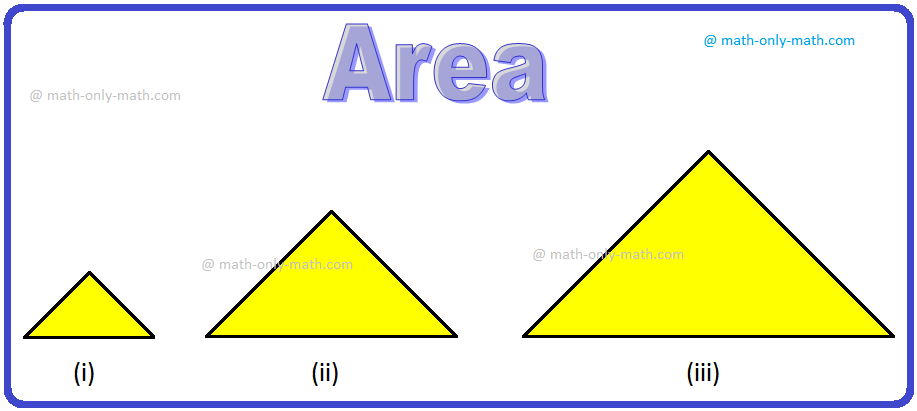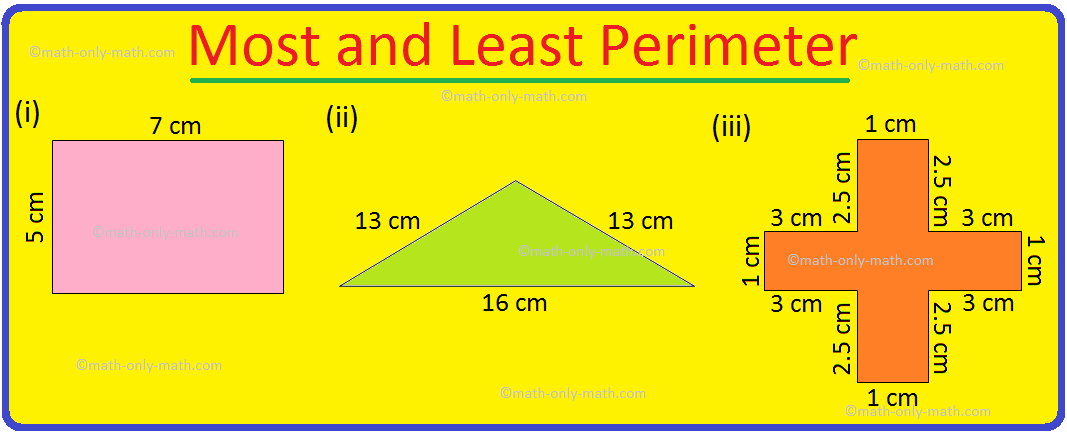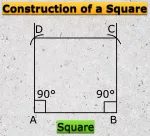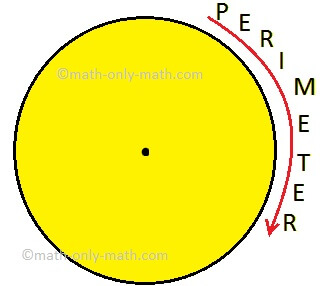Subscribe to our ▶️YouTube channel🔴 for the latest videos, updates, and tips.
Home | About Us | Contact Us | Privacy | Math Blog
Simple and Compound Surds
We will discuss about the simple and compound surds.
Definition of Simple Surd:
A surd having a single term only is called a monomial or simple surd.
Surds which contains only a single term, are called as nominal or simple surds. For example 2√2, 2√5,2√7, 53√10, 34√12, an√x are simple surds.
More example, each of the surds √2, ∛7, ∜6, 7√3, 2√a, 5∛3, m∛n, 5 ∙ 73/5 etc. is a simple surd.
Definition of Compound Surd:
The algebraic sum of two or more simple surds or the algebraic sum of a rational number and simple surds is called a compound scud.
The algebraic sum of two or more simple surds or the algebraic sum of rational numbers and simple surds are called as binominal surds or compound surds. For example 2+2√3 is a sum of one rational number 2 and one simple surd 2√3, so this is a compound surd. 2√2+2√3 is a sum of two simple surds 2√2 and 2√3, so this is also a example of compound surd. Some other examples of compound surds are 2√5−2√7, 3√10+3√12, 2√x+2√y
More example, each of the surds (√5 + √7), (√5 - √7), (5√8 - ∛7), (∜6 + 9), (∛7 + ∜6), (x∛y - b) is a compound surd.
Note: The compound surd is also known as binomial surd. That is, the algebraic sum of two surds or a surd and a rational number is called a binomial surd.
For example, each of the surds (√5 + 2), (5 - ∜6), (√2 + ∛7) etc. is a binomial surd.
Problems on Simple Surds:
1. Arrange the following simple surds descending order.
2√3, 3√9,4√60
Solution:
The given surds are 2√3, 3√5, 4√12.
The surds are in the order of 2, 3, and 4 respectively. If we need to compare their values, we need to express them in same order. As the LCM of 2, 3, and 4 is 12, we should express the surds in order 12.
2√3 = 312 = 3612= 729112 = 12√729
3√5 = 513 = 5412= 625112 = 12√625
4√12 = 1214 = 12312 = 1728112 = 12√1728
Hence the descending order of the given surds is 4√12, 2√3, 3√5.
2. Arrange the following simple surds descending order.
22√10, 42√7, 52√3
Solution:
If we need to compare the values of the given simple surds, we have to express them in the form of pure surds. As the orders of all three surds are same we don’t need change the order.
22√10 = 2√22×10 = 2√4×10 = 2√40
42√7 = 2√42×7 = 2√16×7 = 2√112
52√3 = 2√52×3 = 2√25×3= 2√75
Hence the descending order of the given surds is 42√7, 52√3, 22√10.
Problems on Compound Surds:
1. If x = 1+2√2, then what is the value of x2−1x2?
Solution:
Given x = 1+2√2
We need find out
x2−1x2
= x2−(1x)2
As we know a2−b2=(a+b)(a−b)
We can write x2−(1x)2 as
= (x+1x)(x−1x)
Now we will find out separately the values of x+1x and x−1x
x+1x
= 1+2√2+11+√2
= (1+√2)2+11+√2
=1+2+2√2+11+√2
=4+2√21+√2
=2√2(1+√2)1+√2
=2√2x−1x
=1+2√2-11+√2
=(1+√2)2−11+√2
=1+2+2√2−11+√2
=3+2√21+√2
So x2−1x2
=(x+1x)⋅(x−1x)
=(2√2)(3+2√21+√2)
=6√3+81+√2
=2(3√3+4)1+√2
2. If x= √2+√3 and y = √2−√3 then what is the value of x2−y2?
Solution:
As we know a2−b2=(a+b)(a−b)
x2−y2
= (x+y)(x−y)
Now we will find out separately the values of (x + y) and (x - y).
(x + y)
= √2+√3 + √2−√3
= 2√2(x - y)
= √2+√3-√2−√3
= 2√3
So x2−y2
= 2√2×2√3
=4√6
11 and 12 Grade Math
From Simple and Compound Surds to HOME PAGE
Didn't find what you were looking for? Or want to know more information about Math Only Math. Use this Google Search to find what you need.
Recent Articles
-
What is Area in Maths? | Units to find Area | Conversion Table of Area
Jul 17, 25 01:06 AM
The amount of surface that a plane figure covers is called its area. It’s unit is square centimeters or square meters etc. A rectangle, a square, a triangle and a circle are all examples of closed pla… -
Worksheet on Perimeter | Perimeter of Squares and Rectangle | Answers
Jul 17, 25 12:40 AM
Practice the questions given in the worksheet on perimeter. The questions are based on finding the perimeter of the triangle, perimeter of the square, perimeter of rectangle and word problems. I. Find… -
Formation of Square and Rectangle | Construction of Square & Rectangle
Jul 16, 25 11:46 PM
In formation of square and rectangle we will learn how to construct square and rectangle. Construction of a Square: We follow the method given below. Step I: We draw a line segment AB of the required… -
Perimeter of a Figure | Perimeter of a Simple Closed Figure | Examples
Jul 16, 25 02:33 AM
Perimeter of a figure is explained here. Perimeter is the total length of the boundary of a closed figure. The perimeter of a simple closed figure is the sum of the measures of line-segments which hav… -
Formation of Numbers | Smallest and Greatest Number| Number Formation
Jul 15, 25 11:46 AM
In formation of numbers we will learn the numbers having different numbers of digits. We know that: (i) Greatest number of one digit = 9,





New! Comments
Have your say about what you just read! Leave me a comment in the box below. Ask a Question or Answer a Question.